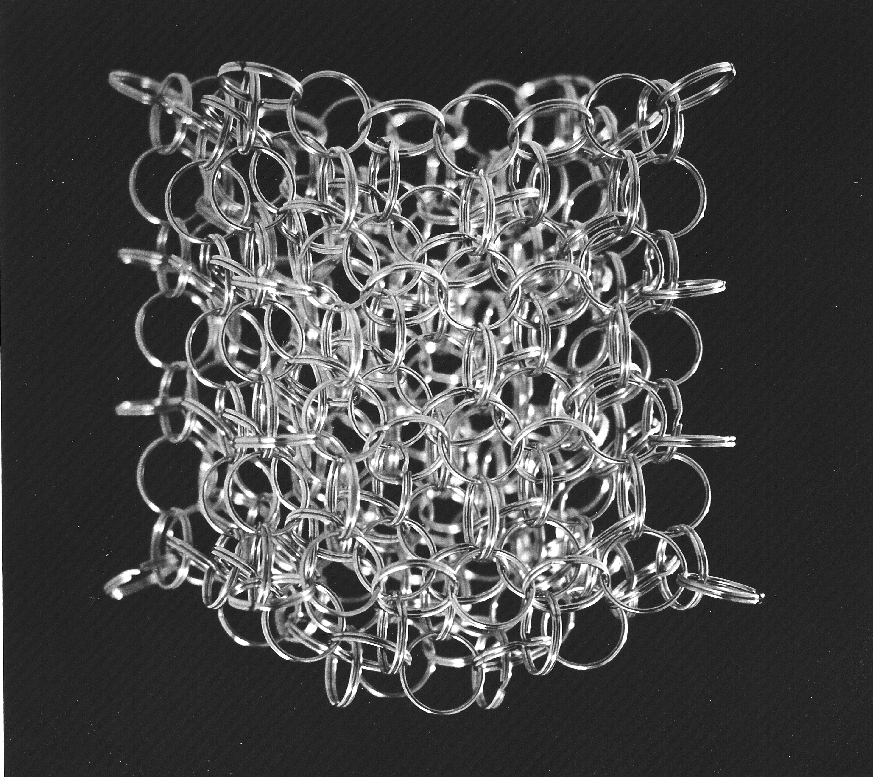
(N.B. that the animated GIF above is rather large, about four megabytes, so it could take a little while to load in your browser. If you prefer, a smaller version is also available online.)
Not a new story, really, but an interesting choice of animation to illustrate it. New data from the SCIAMACHY instrument onboard the European Space Agency (ESA) satellite Envisat shows a record-breaking ozone hole—after a few years of improvement, the hole seems to be deepening once again.
When I first glanced at the above image sequence, I reacted with a basic, nonplussed “hmmm.” The data in the middle look screwed up, and I’ve never been a big fan of false color, so I scanned down and started reading the article on the ESA website. When I glanced back at the animated GIF, it was much more interesting! How embarrassing to discover that I’m as much a victim of our culture’s impatience effect as the museum- and planetarium-goers I’m trying to entice into taking lengthier looks at things.
Basically, the above animation does’t hit its stride until about halfway through (mid-September), at which point the change is quite striking (and depressing): a big, black hole develops over Antarctica, swallowing up the continent’s outline like a killer blob from a 1950s sci-fi film. And like the slower-paced films of that era, you have to wait a little while for the punchline.
The only other issue I have with the image is that it doesn’t quite underscore the story, namely that the ozone hole is “deeper” than at any time in the last eight years. To communicate that, the page of figures on the ESA website relies on a bunch of wiggly graphs. All well and good, but how ’bout a side-by-side comparison of two years, even as a still image? Or perhaps a viewer that would allow you to select two years to show side-by-side, clicking through dates in lock step? That would be an impressive and intuitive interface.
Environmental data demand good visualization, for personal impact and political import both. Sadly, we have no superheroes to save us from the ozone problem, and with humanity’s track record for addressing long-term problems, we need all the help we can get.











